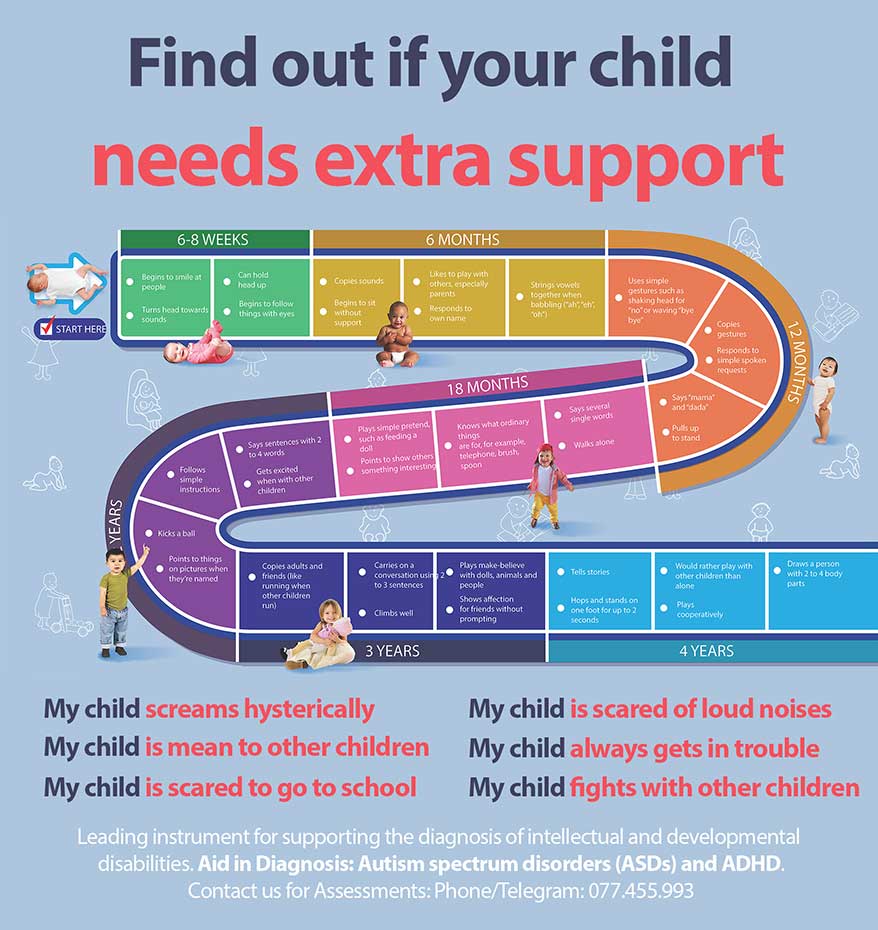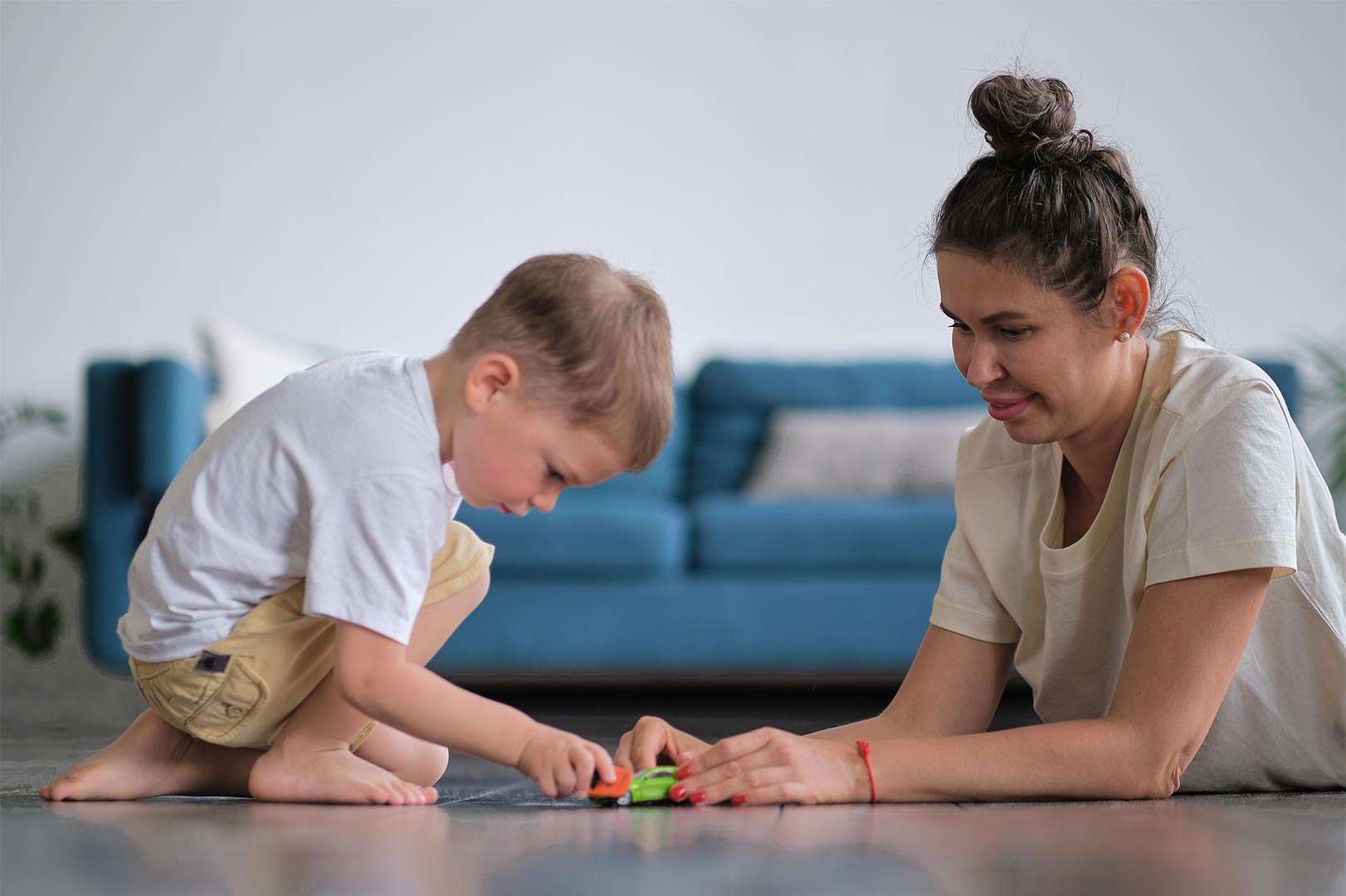Response to Intervention (RTI) is a multi-tiered system of support that schools use to help all students succeed. It is a framework for identifying and supporting students who are struggling academically or behaviorally. RTI is based on the idea that all students can learn, but some students may need more intensive support than others.
How does RTI work?
RTI uses a tiered approach to support students. Tier 1 is the general education classroom, where all students receive high-quality instruction. Tier 2 is for students who are struggling academically or behaviorally. These students receive additional support in small groups or one-on-one. Tier 3 is for students who need the most intensive support. These students may receive specialized instruction or services.
RTI process
The RTI process begins with screening. All students are screened to identify those who are at risk for academic or behavioral difficulties. Students who do not meet the benchmarks on the screening are then monitored to see how they respond to Tier 1 instruction.
Students who continue to struggle academically or behaviorally are moved to Tier 2 for additional support. Tier 2 interventions are typically more intensive and targeted than Tier 1 instruction. Students who respond well to Tier 2 interventions are moved back to Tier 1. Students who do not respond well to Tier 2 interventions may be moved to Tier 3 for even more intensive support.
Benefits of RTI
RTI has a number of benefits for students, teachers, and schools. Here are just a few:
- Students: RTI can help students to reach their full potential by providing them with the support they need to succeed.
- Teachers: RTI can help teachers to be more effective by providing them with the tools and resources they need to support all students.
- Schools: RTI can help schools to improve student achievement and reduce the need for special education services.
How to implement RTI in your school
If you are interested in implementing RTI in your school, there are a few things you can do:
- Get support from your school administration and staff. RTI is a whole-school approach, so it is important to have everyone on board.
- Develop a RTI plan. This plan should include your school’s goals for RTI, as well as the specific steps you will take to implement it.
- Provide training for your staff. All teachers and other staff members who will be involved in RTI should receive training on the RTI process and interventions.
- Monitor student progress. It is important to monitor student progress to see how they are responding to RTI interventions. This data will help you to make decisions about which interventions are working and which ones need to be changed.
RTI is a powerful tool that can help all students succeed. By providing students with the support they need to learn, RTI can help to close the achievement gap and ensure that all students reach their full potential.
Find out if your child needs extra support today!
- My child screams hysterically
- My child is mean to other children
- My child is always worried
- My child is scared to go to school
- My child is scared of loud noises
- My child doesn’t know how to read
- My child is scared to play outside
- My child does not respond to his name
- My child always gets in trouble
- My child fights with other children
- My child doesn’t know how to count
If you are concerned about your child’s development, contact us for Assessments: Phone/Telegram: 077.455.993 – Telegram Link: https://t.me/OrbRom
If you are concerned about your child’s development, contact us for Assessments.
Phone/Telegram: 077.455.993 Link: https://t.me/OrbRom






Leave A Comment